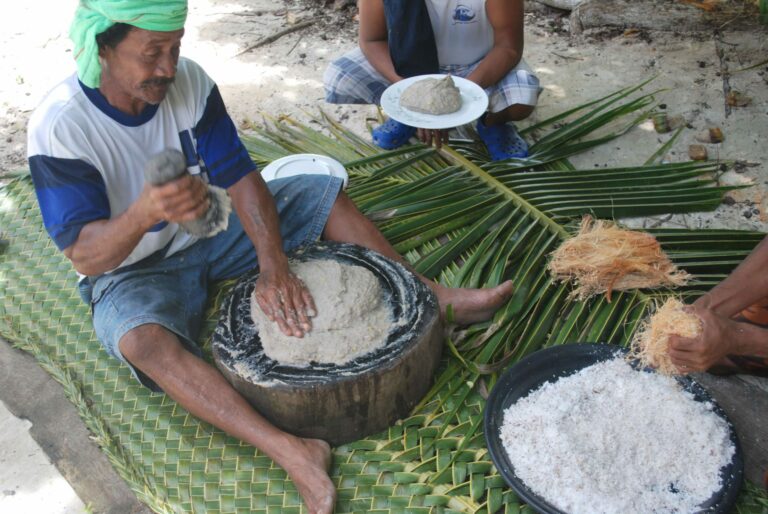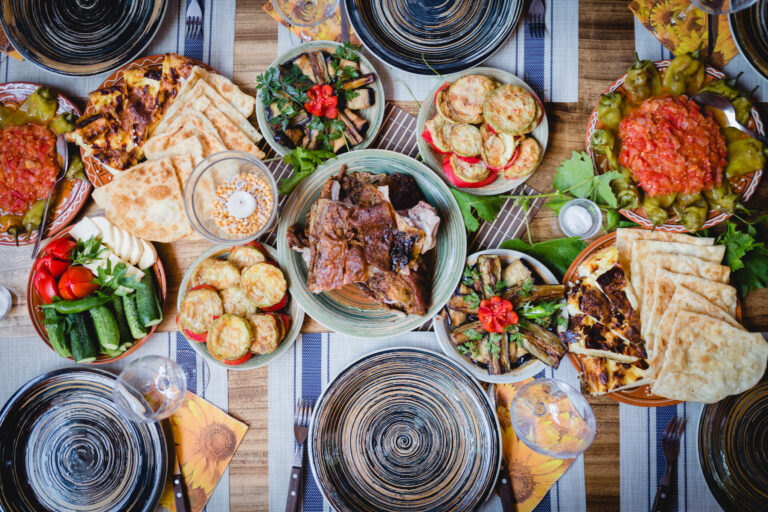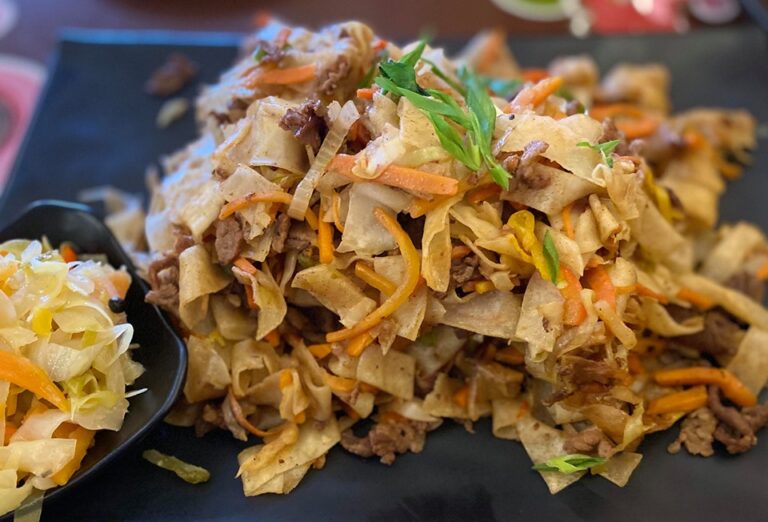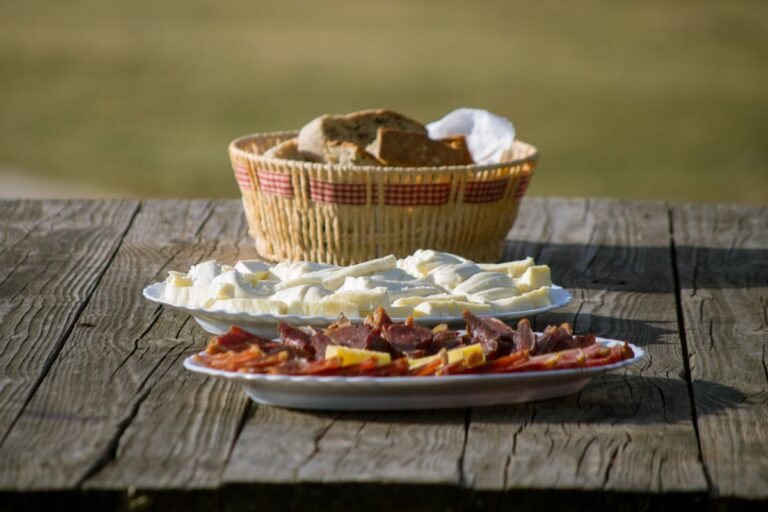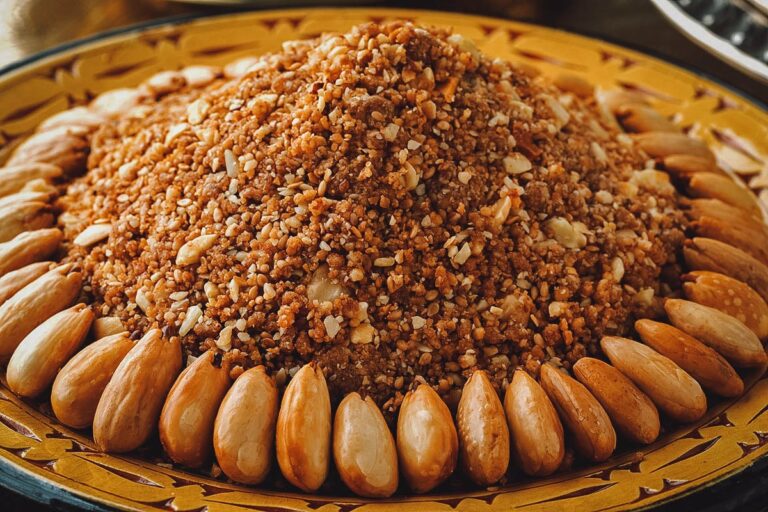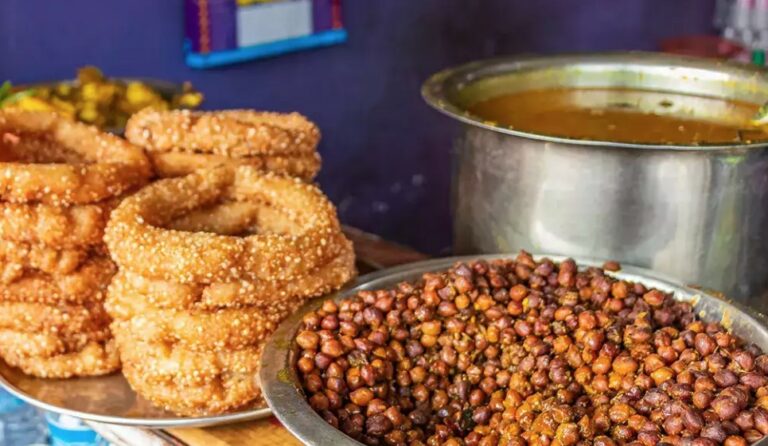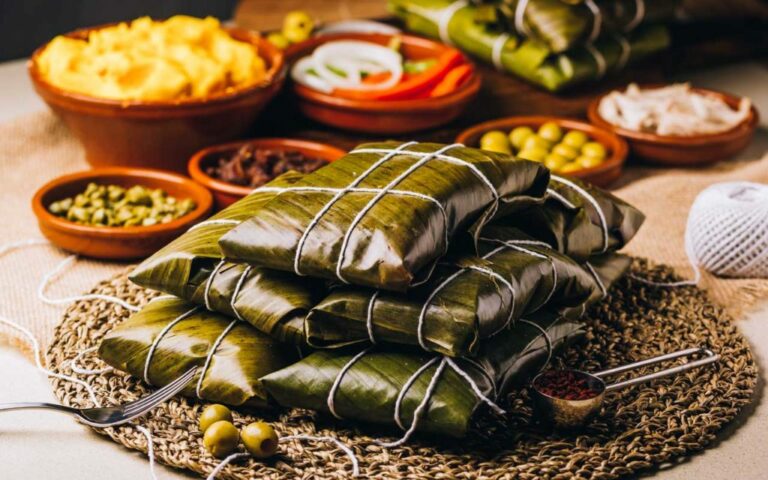Introduction: Micronesian food and its origins
Micronesian cuisine is a blend of different influences that have shaped its unique flavors and ingredients over time. The cuisine of Micronesia is strongly influenced by the islands’ history and culture, as well as the availability of ingredients in the region. The food of Micronesia is known for its simplicity, freshness, and use of natural ingredients, which are often sourced from the ocean and the land.
The cuisine of Micronesia is made up of dishes that are simple yet flavorful, often featuring seafood and rice as staples. The use of coconut milk, taro, and breadfruit is also common, as these ingredients are readily available in the region. The food of Micronesia is not only a source of nourishment but also a reflection of its people’s history, culture, and environment.
History of Micronesia: Influences on the cuisine
The history of Micronesia has played a significant role in shaping the cuisine of the region. The islands were once colonized by various European countries, and their influence is seen in the cuisine of Micronesia. For example, the Spanish brought with them chili peppers, which are now a staple in many Micronesian dishes. Similarly, the Japanese brought with them soy sauce and miso, which are now commonly used in Micronesian cuisine.
Moreover, the history of Micronesia is also marked by its close ties to the ocean. The region has always been heavily reliant on fishing, which has contributed to the development of various seafood dishes such as sashimi and poke. The islands’ history of fishing has also influenced the way fish is prepared, with many dishes being served raw or lightly cooked.
Cultural influences on Micronesian food
The culture of Micronesia is deeply intertwined with its food, with many dishes being a reflection of the region’s traditions and customs. One of the most important cultural influences on Micronesian cuisine is the practice of feasts or “famalao’an,” which celebrate different occasions such as births, weddings, and funerals. These feasts are often marked by the preparation of large quantities of food, which are shared among family and friends.
Another cultural influence on Micronesian cuisine is the use of traditional cooking methods. Many dishes are prepared using ancient techniques such as “umu” or underground cooking pits. This method involves digging a hole in the ground, lining it with rocks, and then heating the rocks with firewood. The food is then placed on the hot rocks and covered with banana leaves, resulting in a smoky, flavorful dish.
Ingredients and dishes unique to Micronesia
Micronesian cuisine features a range of ingredients and dishes that are unique to the region. One such ingredient is taro, which is a staple in many Micronesian dishes. Taro is a root vegetable that is used to make poi, a dish that is similar to mashed potatoes. Another unique ingredient is breadfruit, which is often used to make a starchy porridge called “mwi.”
One of the most popular dishes in Micronesia is “kelaguen,” which is a type of ceviche made with raw fish, lemon or lime juice, and chili peppers. Another popular dish is “kadon pika,” which is a spicy chicken and vegetable stew that is often served with rice.
Traditional cooking methods in Micronesia
Traditional cooking methods play a significant role in Micronesian cuisine, with many dishes being prepared using techniques that have been passed down through generations. One such technique is “tataki,” which involves searing fish or meat over an open flame. Another method is “inunum,” which involves cooking fish in coconut milk and spices.
Furthermore, Micronesians have a long history of using leaves and wood for cooking. Banana leaves are often used to wrap food before cooking, while coconut wood is used to smoke meats and fish. These traditional cooking techniques not only add flavor to dishes but also preserve the region’s cultural heritage.
Changes and adaptations in Micronesian cuisine today
As with any cuisine, Micronesian food has undergone changes and adaptations over time. With the rise of tourism and global trade, the region has seen an influx of new ingredients and cooking techniques. For example, many Micronesian chefs now incorporate Asian and European flavors into their dishes, creating fusion cuisine that blends traditional and modern techniques.
In addition, the region has also seen a rise in food sustainability and environmental consciousness. Many chefs are now using locally sourced and organic ingredients, as well as implementing eco-friendly cooking practices. These changes reflect the region’s commitment to preserving its natural resources and cultural heritage for future generations.

